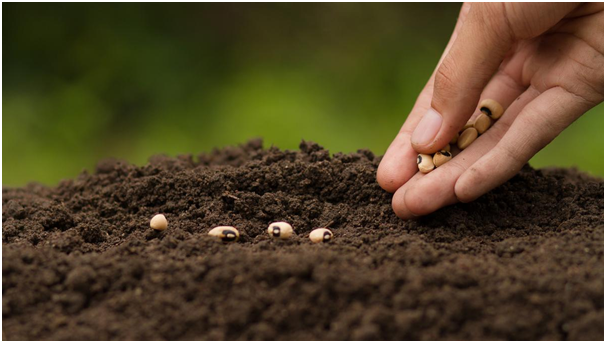Open-source seeds movement
Context: Farmers have innovated and shared seeds without any intellectual property rights (IPR) for centuries. They also haven’t sought exclusive rights over seeds and germplasm to prevent others from innovating on the seeds. However, with the emergence of the global IPR regime over plant varieties, there was a dire need to ‘open-source’ seeds.
What are plant-breeders’ rights and patents?
- The advent of hybrid seeds, scientific plant-breeding, and some other factors conferred developers of new varieties with the so-called plant breeders’ rights (PBR) and patents, particularly in the U.S.
- In this regime, rights-holders could demand royalty on seeds and legally enforce IPR.
- In some national IPR regimes, rights-holders can also restrict the unauthorised use of seeds to develop new varieties. In 1994, the establishment of the World Trade Organization cast a global IPR regime over plant varieties.
- The Trade-Related IPR Agreement (TRIPS) required countries to provide at least one form of intellectual property (IP) protection.
- This consolidation of rights in the seeds sector raised concerns about the freedom to innovate.
- Unlike the Green Revolution, which was spearheaded by public-sector institutions, the genetic revolution in agriculture was led by the private sector, with seeds mostly available as hybrids or protected by strong IPRs.
How is IP protected in agriculture?
- There are two major modes of IPR protection in agriculture — plant-breeders’ rights and patents.
- Together, they restrict farmers’ rights and the freedom to develop new varieties using germplasm from IP-protected varieties, and have thus increased the number of IP-protected plant varieties.
- The high prices of genetically modified seeds and IP claims triggered many problems and issues, including the State’s intervention in Bt cotton seeds in India.
- As public sector breeding declined and the private sector began to dominate the seed sector, the need for alternatives became keenly felt. This is when the success of open-source software inspired a solution.
- In 1999, plant-breeder named T.E. Michaels suggested an approach to seed innovation based on the principles of open-source software.
What are ‘open-source seeds’?
- In 2002, Boru Douthwaite and I (independently) proposed an open-source model for seeds and plant varieties and scholars and civil-society members built on it.
- The German NGO Agrecol followed with a similiar initiative in Europe. In Agrecol’s model, the user agrees inter alia to not patent seeds bought under the open-source licence. In the U.S., the open source seeds initiative opted for a pledge based model for sharing seeds.
- In India, the Centre for Sustainable Agriculture (CSA), Hyderabad, developed a model that included an agreement between CSA and the recipient of the seed/germplasm.
- It is trying to use this approach through three farmer producer organisations engaged in seed production.
- Under India’s Plant Variety Protection and Farmers’ Rights Act 2001, farmers can register ‘farmer varieties’ if they meet certain conditions, and have the right to reuse, replant, and exchange seeds. However, they can’t breed and trade in varieties protected under the Act for commercial purposes.
Potential Benefits
- One possible application of the open-source approach is to use it in farmer-led seed conservation and distribution systems.
- There are many traditional-variety preservation methods and sharing initiatives in India involving farmers.
- Many of them focus on traditional varieties that are unique to specific regions or sites and/or have specific features.
- The model can also be used to promote farmer-led participatory plant-breeding training.
- Traditional varieties often lack uniformity and aren’t of excellent quality for seed development and breeding purposes.
- Open-source principles can help overcome these two challenges by facilitating testing, improvisation, and adoption.
| Practice Question
1. What is the open source seed movement? What are its potential benefits? |




